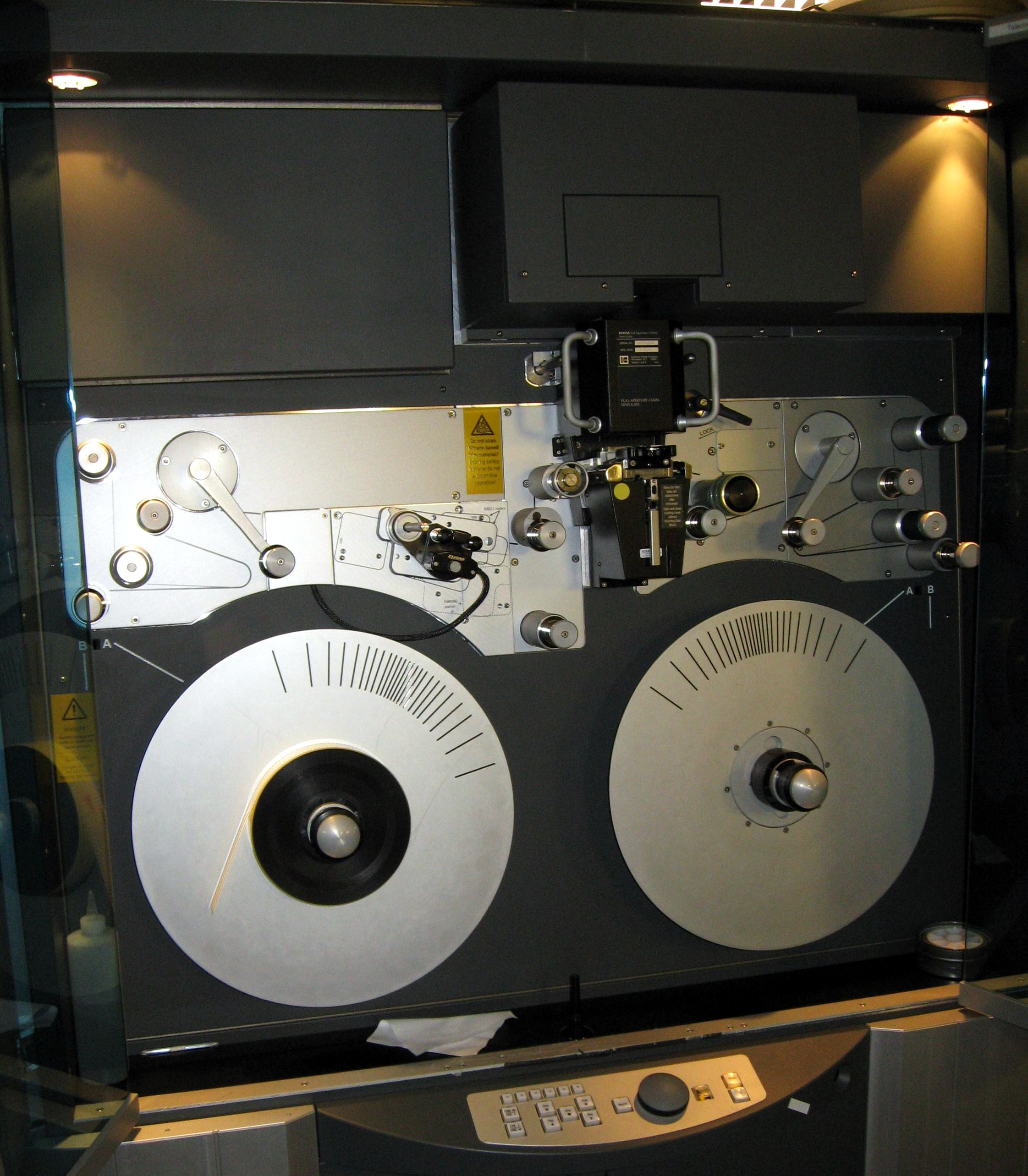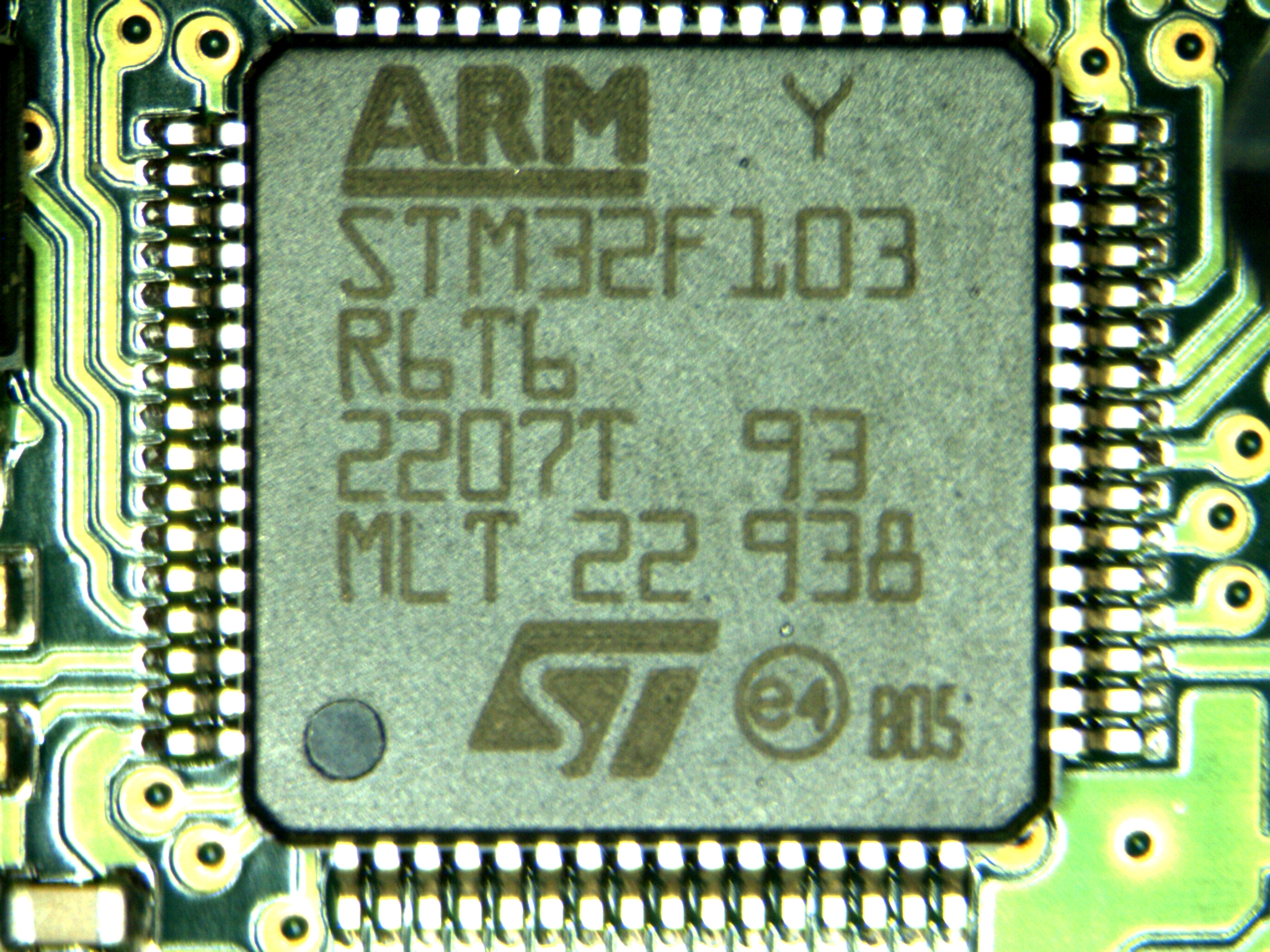|
Faroudja
Faroudja Labs was a San Franciscobased IP and research company founded by Yves Faroudja. Faroudja Labs shouldn't be confused with Faroudja Enterprises, Yves Faroudja's latest venture. Faroudja specialized in video processing algorithms and products. Its technologies for deinterlacing and inverse telecine have received acclaim within the consumer electronics industry and have been widely used in many electronic devices, such as TV sets, set-top boxes, and video processors. Efforts by Faroudja generated more than 65 patents and provided technology licenses to consumer electronics companies, and helped receive three Technology & Engineering Emmy Awards (one for advanced encoding techniques, a lifetime achievement for Yves Faroudja, and one for HDTV upconversion used in network broadcast applications),Emmy Award Info [...More Info...] [...Related Items...] OR: [Wikipedia] [Google] [Baidu] |
Deinterlacing
Deinterlacing is the process of converting interlaced video into a non-interlaced or Progressive scan, progressive form. Interlaced video signals are commonly found in analog television, VHS, Laserdisc, digital television (HDTV) when in the 1080i format, some DVD titles, and a smaller number of Blu-ray discs. An interlaced video frame consists of two Field (video), fields taken in sequence: the first containing all the odd lines of the image, and the second all the even lines. Analog television employed this technique because it allowed for less transmission bandwidth while keeping a high frame rate for smoother and more life-like motion. A non-interlaced (or progressive scan) signal that uses the same bandwidth only updates the display half as often and was found to create a perceived flicker or stutter. CRT-based displays were able to display interlaced video correctly due to their complete analog nature, blending in the alternating lines seamlessly. However, since the early 20 ... [...More Info...] [...Related Items...] OR: [Wikipedia] [Google] [Baidu] |
Genesis Microchip
Genesis Microchip Inc. was a supplier of integrated circuits (ICs) for video processors in flat panel LCD TVs and Monitors. It was founded in 1987 by Paul Russo in Markham, Ontario, Canada and it became a public company in 1998 and employed over 500 people (2006) worldwide. In 2002, Genesis acquired Sage Inc., a leading supplier of digital display technology. Two years earlier, Sage had acquired Faroudja which was known for its Emmy Award winning video processing technology. Key video processing technology includes: DCDi, MADi, image scaling (key industry patent), color management, LCD response time compensation, and founders of DisplayPort interconnect technology now a VESA standard. On December 11, 2007, ST Microelectronics STMicroelectronics NV (commonly referred to as ST or STMicro) is a European multinational semiconductor contract manufacturing and design company. It is the largest of such companies in Europe. It was founded in 1987 from the merger of two st ... a ... [...More Info...] [...Related Items...] OR: [Wikipedia] [Google] [Baidu] |
Inverse Telecine
Telecine ( or ), or TK, is the process of transferring film into video and is performed in a color suite. The term is also used to refer to the equipment used in this post-production process. Telecine enables a motion picture, captured originally on film stock, to be viewed with standard video equipment, such as television sets, video cassette recorders (VCR), DVD, Blu-ray or computers. Initially, this allowed television broadcasters to produce programs using film, usually 16-mm stock, but transmit them in the same format, and quality, as other forms of television production. Furthermore, telecine allows film producers, television producers and film distributors working in the film industry to release their productions on video and allows producers to use video production equipment to complete their filmmaking projects. Within the film industry, it is also referred to as a ''TK'', ''TC'' having already been used to designate timecode. Motion picture film scanners are simila ... [...More Info...] [...Related Items...] OR: [Wikipedia] [Google] [Baidu] |
Technology & Engineering Emmy Award
The Technology and Engineering Emmy Awards, or Technology and Engineering Emmys, are one of two sets of Emmy Awards that are presented for outstanding achievement in engineering development in the television industry. The Technology and Engineering Emmy Awards are presented by the National Academy of Television Arts and Sciences (NATAS), while the separate Primetime Engineering Emmy Awards are given by its sister organization the Academy of Television Arts & Sciences (ATAS). A Technology and Engineering Emmy can be presented to an individual, a company, or to a scientific or technical organization for developments and/or standardization involved in engineering technologies which either represent so extensive an improvement on existing methods or are so innovative in nature that they materially have affected the transmission, recording, or reception of television. The award is determined by a special panel composed of highly qualified, experienced engineers in the television ind ... [...More Info...] [...Related Items...] OR: [Wikipedia] [Google] [Baidu] |
STMicroelectronics
STMicroelectronics Naamloze vennootschap, NV (commonly referred to as ST or STMicro) is a European multinational corporation, multinational semiconductor contract manufacturing and design company. It is the largest of such companies in Europe. It was founded in 1987 from the merger of two state-owned semiconductor corporations: ''Thomson Semiconducteurs'' of United States/France and ''SGS Microelettronica'' of Italy. The company is incorporated in the Netherlands and headquartered in Plan-les-Ouates, Switzerland. Its shares are traded on Euronext Paris, the Borsa Italiana and the New York Stock Exchange. History ST was formed in 1987 by the merger of two government-owned semiconductor companies: Italian SGS Microelettronica (where SGS stands for ''Società Generale Semiconduttori'', "General Semiconductor Company"), and French ''Thomson Semiconducteurs'', the semiconductor arm of Thomson SA, Thomson. SGS Microelettronica originated in 1972 from a previous merger of two compan ... [...More Info...] [...Related Items...] OR: [Wikipedia] [Google] [Baidu] |
City
A city is a human settlement of a substantial size. The term "city" has different meanings around the world and in some places the settlement can be very small. Even where the term is limited to larger settlements, there is no universally agreed definition of the lower boundary for their size. In a narrower sense, a city can be defined as a permanent and Urban density, densely populated place with administratively defined boundaries whose members work primarily on non-agricultural tasks. Cities generally have extensive systems for housing, transportation, sanitation, Public utilities, utilities, land use, Manufacturing, production of goods, and communication. Their density facilitates interaction between people, government organisations, government organizations, and businesses, sometimes benefiting different parties in the process, such as improving the efficiency of goods and service distribution. Historically, city dwellers have been a small proportion of humanity overall, bu ... [...More Info...] [...Related Items...] OR: [Wikipedia] [Google] [Baidu] |
Graphics Hardware Companies
Graphics () are visual images or designs on some surface, such as a wall, canvas, screen, paper, or stone, to inform, illustrate, or entertain. In contemporary usage, it includes a pictorial representation of the data, as in design and manufacture, in typesetting and the graphic arts, and in educational and recreational software. Images that are generated by a computer are called computer graphics. Examples are photographs, drawings, line art, mathematical graphs, line graphs, charts, diagrams, typography, numbers, symbols, geometric designs, maps, engineering drawings, or other images. Graphics often combine text, illustration, and color. Graphic design may consist of the deliberate selection, creation, or arrangement of typography alone, as in a brochure, flyer, poster, web site, or book without any other element. The objective can be clarity or effective communication, association with other cultural elements, or merely the creation of a distinctive style. Graphics can b ... [...More Info...] [...Related Items...] OR: [Wikipedia] [Google] [Baidu] |
Image Processing
An image or picture is a visual representation. An image can be two-dimensional, such as a drawing, painting, or photograph, or three-dimensional, such as a carving or sculpture. Images may be displayed through other media, including a projection on a surface, activation of electronic signals, or digital displays; they can also be reproduced through mechanical means, such as photography, printmaking, or photocopying. Images can also be animated through digital or physical processes. In the context of signal processing, an image is a distributed amplitude of color(s). In optics, the term ''image'' (or ''optical image'') refers specifically to the reproduction of an object formed by light waves coming from the object. A ''volatile image'' exists or is perceived only for a short period. This may be a reflection of an object by a mirror, a projection of a camera obscura, or a scene displayed on a cathode-ray tube. A ''fixed image'', also called a hard copy, is one that ... [...More Info...] [...Related Items...] OR: [Wikipedia] [Google] [Baidu] |
Interlaced Video
Interlaced video (also known as interlaced scan) is a technique for doubling the perceived frame rate of a video display without consuming extra Bandwidth (signal processing), bandwidth. The interlaced signal contains two field (video), fields of a video frame captured consecutively. This enhances motion perception to the viewer, and reduces flicker (screen), flicker by taking advantage of the characteristics of the human visual system. This effectively doubles the time resolution (also called ''temporal resolution'') as compared to non-interlaced footage (for frame rates equal to field rates). Interlaced signals require a display that is natively capable of showing the individual fields in a sequential order. cathode-ray tube, CRT displays and ALiS plasma displays are made for displaying interlaced signals. Interlaced scan refers to one of two common methods for "painting" a video image on an electronic display screen (the other being progressive video, progressive scan) by sc ... [...More Info...] [...Related Items...] OR: [Wikipedia] [Google] [Baidu] |
Charles Francis Jenkins
Charles Francis Jenkins (August 22, 1867 – June 6, 1934) was an American engineer who was a pioneer of early cinema and one of the inventors of television, though he used mechanical rather than electronic technologies. His businesses included Charles Jenkins Laboratories and Jenkins Television Corporation (the corporation being founded in 1928, the year the Laboratories were granted the first commercial television license in the United States). Over 400 patents were issued to Jenkins, many for his inventions related to motion pictures and television . Jenkins was born in Dayton, Ohio, grew up near Richmond, Indiana, where he went to school and went to Washington, D.C. in 1890, where he worked as a stenographer. Motion pictures Jenkins started experimenting with motion pictures in 1891, and eventually quit his job and concentrated fully on the development of his own movie projector, the Phantoscope. As the ''Richmond Telegram'' reported on June 6, 1894, about his en ... [...More Info...] [...Related Items...] OR: [Wikipedia] [Google] [Baidu] |








